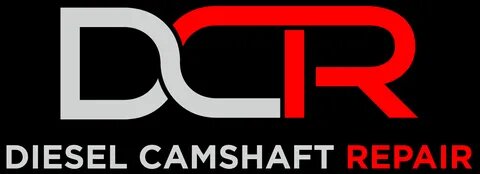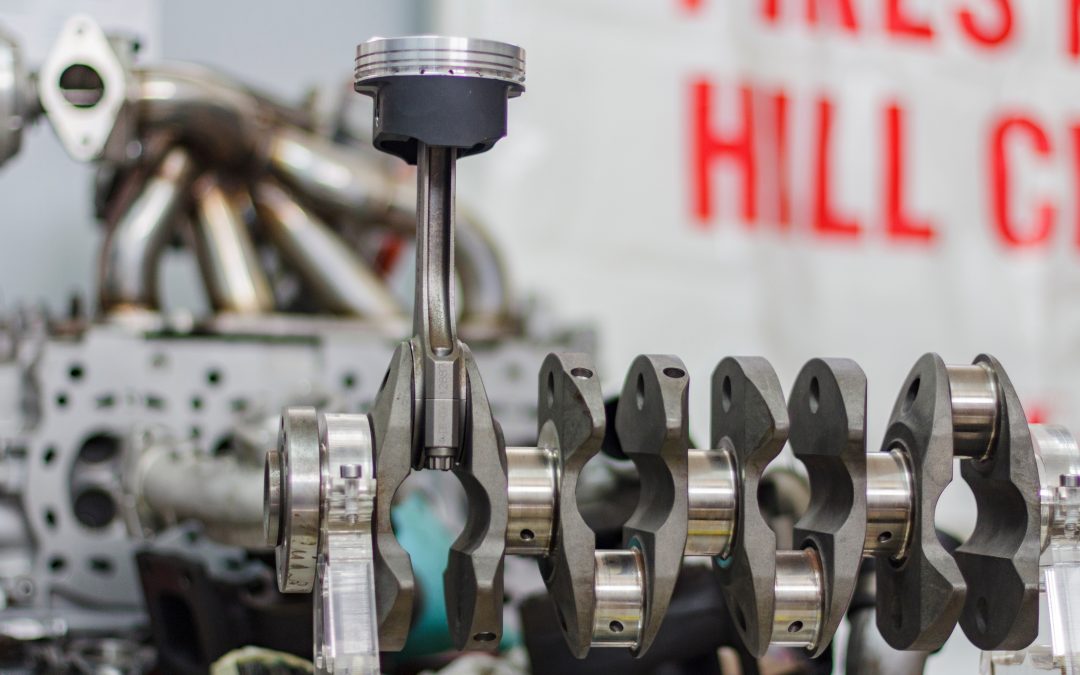Camshaft Requirements for Off-Road and Industrial Equipment
When it comes to off-road vehicles and industrial equipment, the demands placed on engines are significantly different from what you’d expect in a standard car. Whether it’s a rugged all-terrain vehicle, a bulldozer, or a piece of heavy-duty construction machinery, these machines require powerful and reliable engines that can handle harsh environments, heavy loads, and long hours of operation. One key component that plays a crucial role in ensuring that these engines perform well is the camshaft.
The camshaft in any engine regulates the timing and movement of the intake and exhaust valves. Its design directly influences how much power an engine can produce, how efficient it is, and how it performs under different conditions. For off-road vehicles and industrial equipment, the camshaft must be designed to optimize low-end torque, durability, and reliability, rather than the high-speed performance typical of race cars or sports vehicles.
In this blog, we’ll take a closer look at the camshaft requirements for off-road and industrial equipment and explain how the camshaft’s design can significantly affect the performance of these heavy-duty engines.
Understanding Camshaft Function
Before diving into the specific requirements for off-road and industrial equipment, it’s helpful to understand the basic function of a camshaft in any engine. The camshaft is responsible for controlling the opening and closing of the engine’s valves. It does this by rotating in sync with the crankshaft, using lobes (raised sections on the camshaft) to push the valves open at precise intervals.
Intake valves open to let air and fuel into the combustion chamber.
Exhaust valves open to allow the spent gases to escape after combustion.
The timing of these events is critical for engine performance. The camshaft’s profile – its shape, lift (how much the valve opens), duration (how long the valve stays open), and lobe separation angle (the timing relationship between intake and exhaust valves) – determines how much air and fuel enter the engine and how efficiently exhaust gases are expelled. For off-road and industrial engines, the camshaft must be optimized for low-end power, durability, and consistent performance in tough environments.
Camshaft Priorities for Off-Road and Industrial Equipment
Off-road and industrial equipment are used in environments that require engines to deliver high torque at low RPMs (revolutions per minute), handle heavy loads, and operate for extended periods. To meet these needs, camshaft requirements for these types of engines are quite different from those used in high-speed sports cars or street vehicles. Here’s a breakdown of what’s most important:
Low-End Torque: Maximizing Power at Low RPMs
Off-road vehicles, like ATVs, tractors, and heavy-duty trucks, and industrial equipment, such as excavators, bulldozers, and generators, need strong low-end torque to perform efficiently. Torque is the rotational force produced by the engine, and low-end torque is the ability to generate this force at lower engine speeds (RPMs).
When climbing steep hills, pulling heavy loads, or working through mud, sand, or uneven terrain, low-end torque is essential. In these situations, the camshaft design should prioritize lift and duration to ensure the engine can pull hard at lower RPMs without needing to rev high.
Key Features for Low-End Torque:
Low lift and short duration allow the engine to make maximum power at lower RPMs. This helps keep the engine operating efficiently when it’s under load, ensuring the equipment doesn’t stall or lose power during demanding tasks.
Wide lobe separation angle (LSA): A wider LSA reduces overlap (the time both intake and exhaust valves are open), resulting in smoother operation and better control over valve timing at lower RPMs. This ensures better drivability and stability in low-speed operations.
Durability and Longevity: Built to Last in Harsh Conditions
Off-road and industrial equipment engines face tough conditions like dirt, dust, mud, and extreme temperatures. The camshaft, being one of the most critical parts of the engine’s valve train, needs to be built to withstand these elements while maintaining reliable performance over long hours.
Durability is a priority because, in off-road and industrial settings, equipment often runs continuously for extended periods without frequent maintenance opportunities. In addition to handling environmental stress, the camshaft must also cope with heavy loads and frequent stop-and-start conditions without wearing down.
Key Features for Durability:
High-quality materials: Camshafts for off-road and industrial applications are often made from hardened steel or specially treated alloys to resist wear and tear. Heat treatment processes, such as nitriding, are also used to strengthen the surface of the camshaft and protect it from damage.
Precision machining: A precisely machined camshaft ensures that the lobes interact smoothly with the valve lifters and pushrods, reducing friction and extending the camshaft’s life, even under extreme conditions.
Consistent Performance in a Wide Range of Conditions
Off-road and industrial engines need to perform consistently across a wide range of conditions. Whether it’s freezing cold in winter, blazing hot in summer, or dusty and dirty on a job site, the engine must be able to handle it all. The camshaft must be designed to offer reliable power and performance no matter the environment.
Unlike high-performance engines, which are optimized for peak output at high speeds, industrial engines need to be reliable across the entire RPM range. This means the camshaft must strike a balance between power delivery, efficiency, and engine protection.
Key Features for Consistency:
Moderate lift and duration profiles: These help the engine perform reliably without overstressing the valve train. This is important for equipment that might be used at variable speeds and loads, such as a tractor that switches between plowing fields and transporting goods.
Smooth valve timing: Ensuring that the camshaft opens and closes the valves at the right times is critical for maintaining efficient combustion, reducing wear on engine components, and preventing overheating.
Camshaft Design for Specific Types of Off-Road and Industrial Equipment
Different types of off-road vehicles and industrial equipment have unique camshaft needs based on their intended use. Here are some examples:
Tractors and Heavy-Duty Trucks
Tractors and heavy-duty trucks need torque to pull heavy loads, often at slow speeds. These engines are typically designed with camshafts that focus on low RPM power and durability. The camshaft will have low lift and short duration to ensure the engine has the torque needed to carry heavy equipment, tow trailers, or plow fields without stalling.
Excavators and Bulldozers
For machines like excavators and bulldozers, low-end torque is crucial for pushing, digging, and lifting heavy loads. These vehicles often work in harsh environments like construction sites or quarries, where reliability and power delivery at low speeds are paramount. Camshafts for these machines are designed with an emphasis on maximizing torque at lower RPMs while providing smooth operation over long hours of use.
ATVs and Off-Road Vehicles
All-terrain vehicles (ATVs) need a balance of power and agility, especially when traversing uneven terrain like hills, rocks, or sand. Camshafts for ATVs are designed to provide quick throttle response and strong low-end torque while maintaining control and drivability in unpredictable conditions. A wide LSA helps ensure smooth power delivery when shifting between low and high speeds on varied terrain.
Choosing the Right Camshaft for Your Equipment
When selecting a camshaft for your off-road or industrial equipment, it’s essential to consider the specific needs of your vehicle or machinery. Here are a few tips to guide your decision:
Understand your work environment: Consider the terrain, climate, and load demands that your equipment will face. Machines working in extreme conditions may need camshafts built for enhanced durability and wear resistance.
Prioritize low-end torque: For most off-road and industrial applications, maximizing torque at lower RPMs will give your equipment the power it needs to handle tough jobs without straining the engine.
Consult with experts: Working with a specialist or engine builder who understands off-road and industrial equipment can help you select the right camshaft profile for your needs.
Conclusion
Camshaft design plays a crucial role in how off-road and industrial engines perform. By focusing on low-end torque, durability, and consistent performance, you can ensure that your equipment runs smoothly and efficiently, no matter how tough the conditions. Whether you’re working in construction, agriculture, or off-road adventure, choosing the right camshaft can make all the difference in keeping your engine reliable and strong for years to come.

